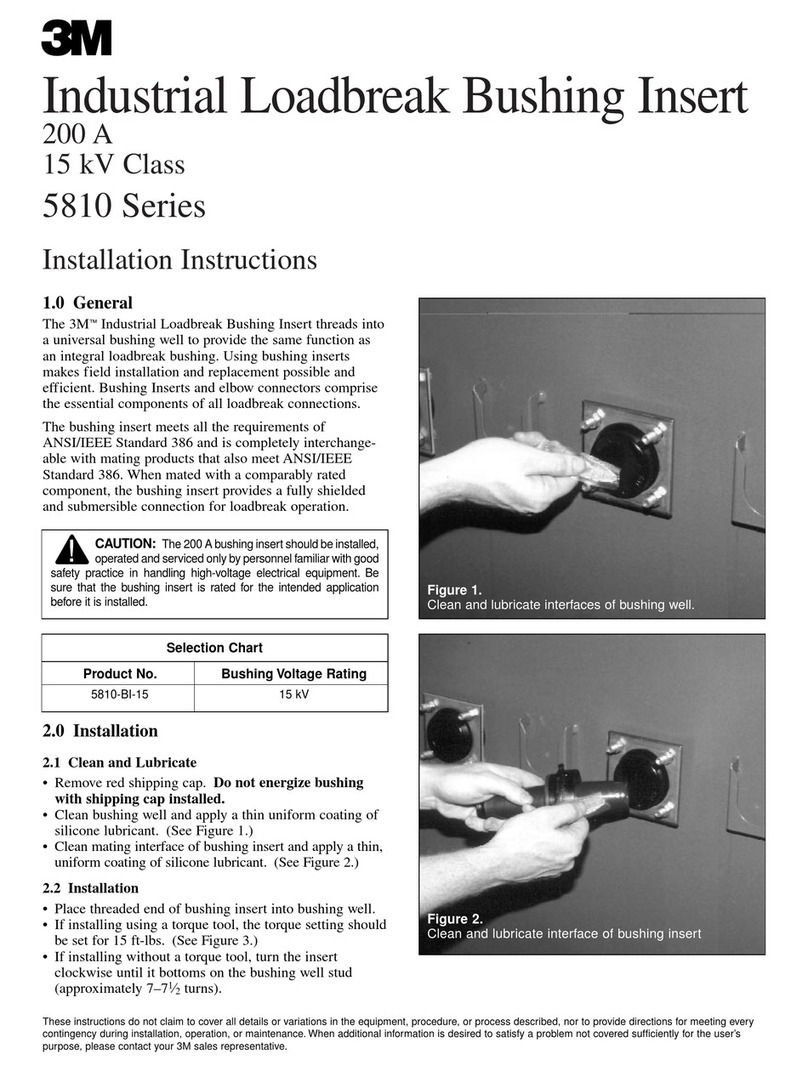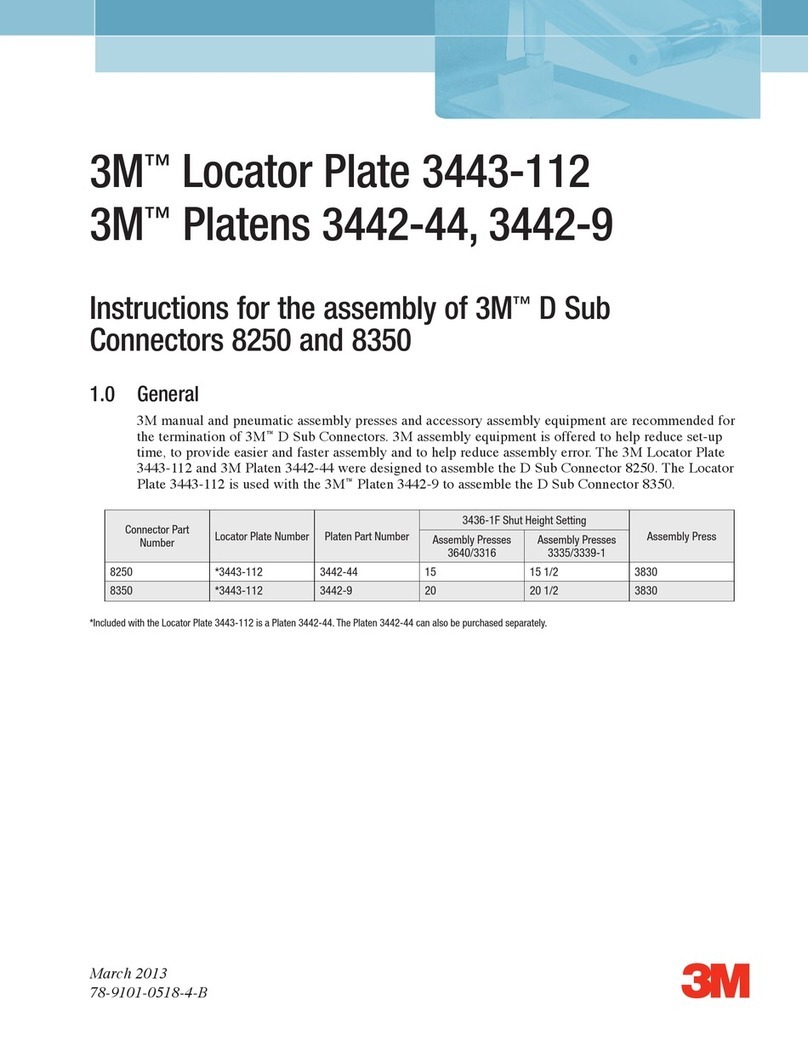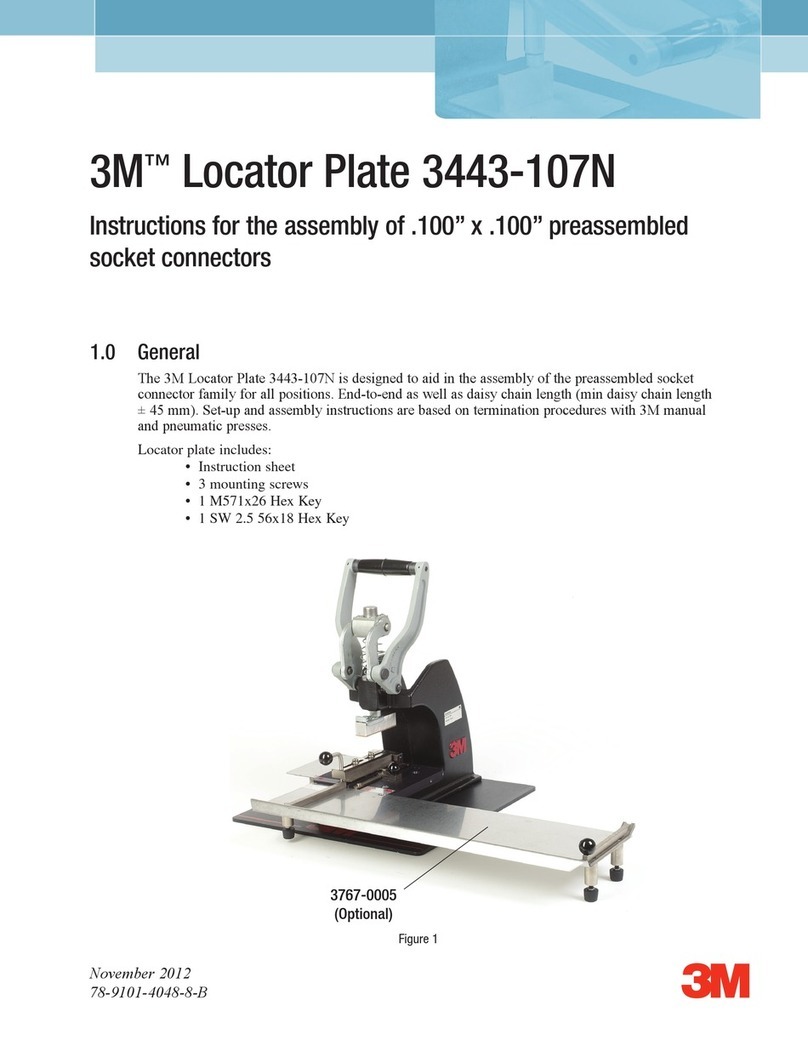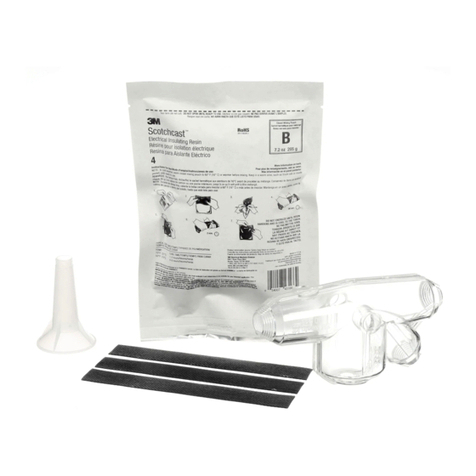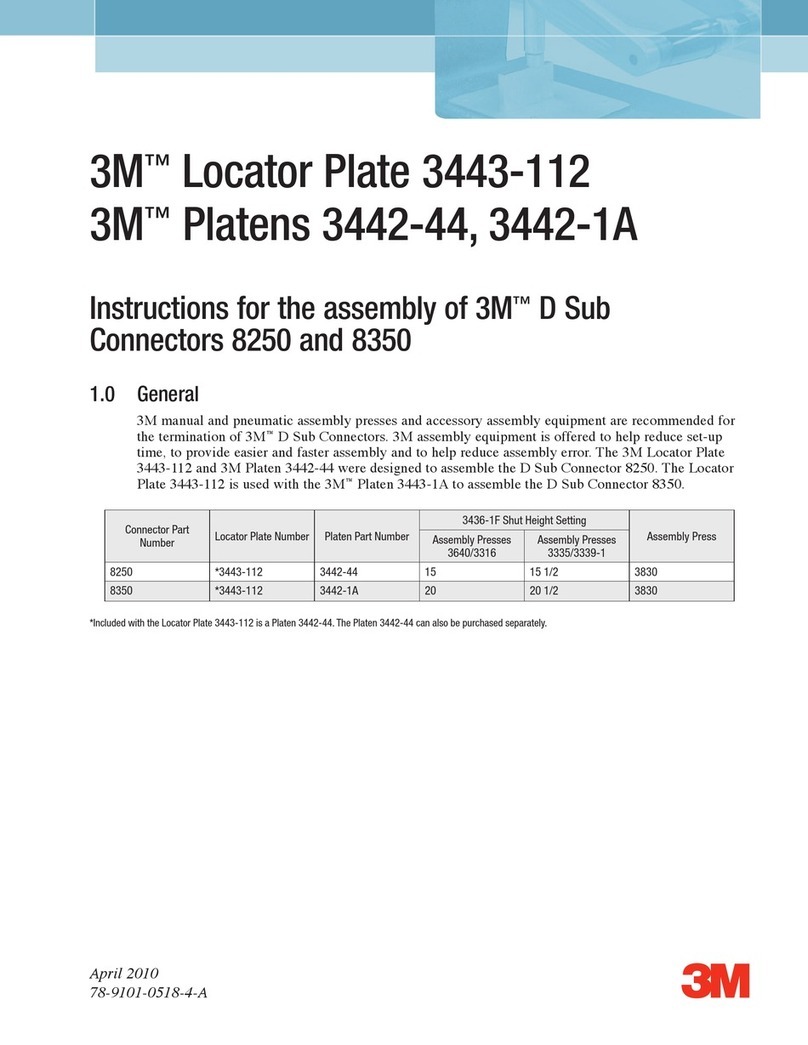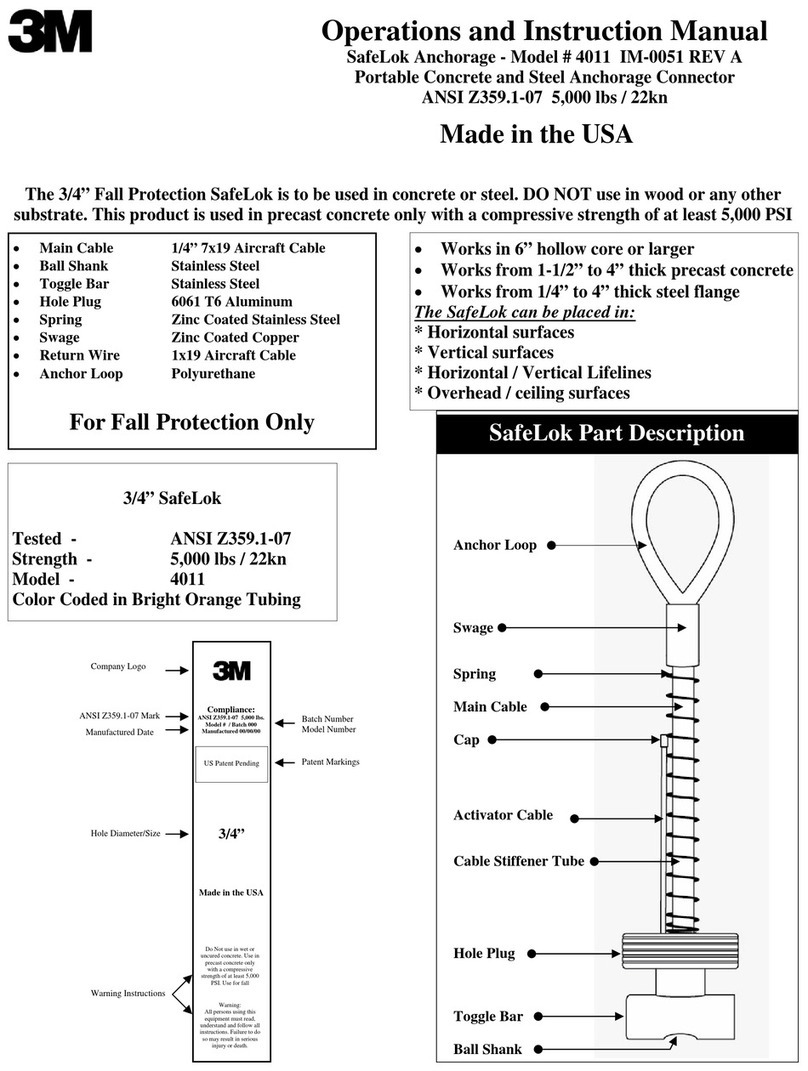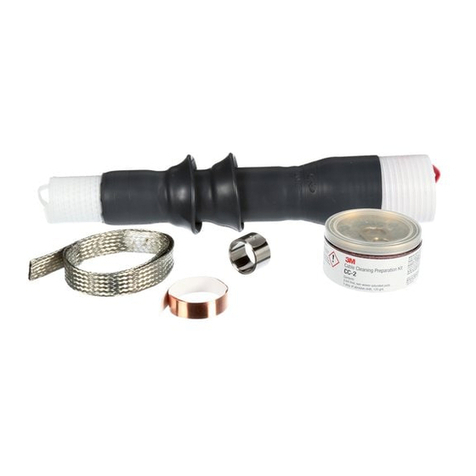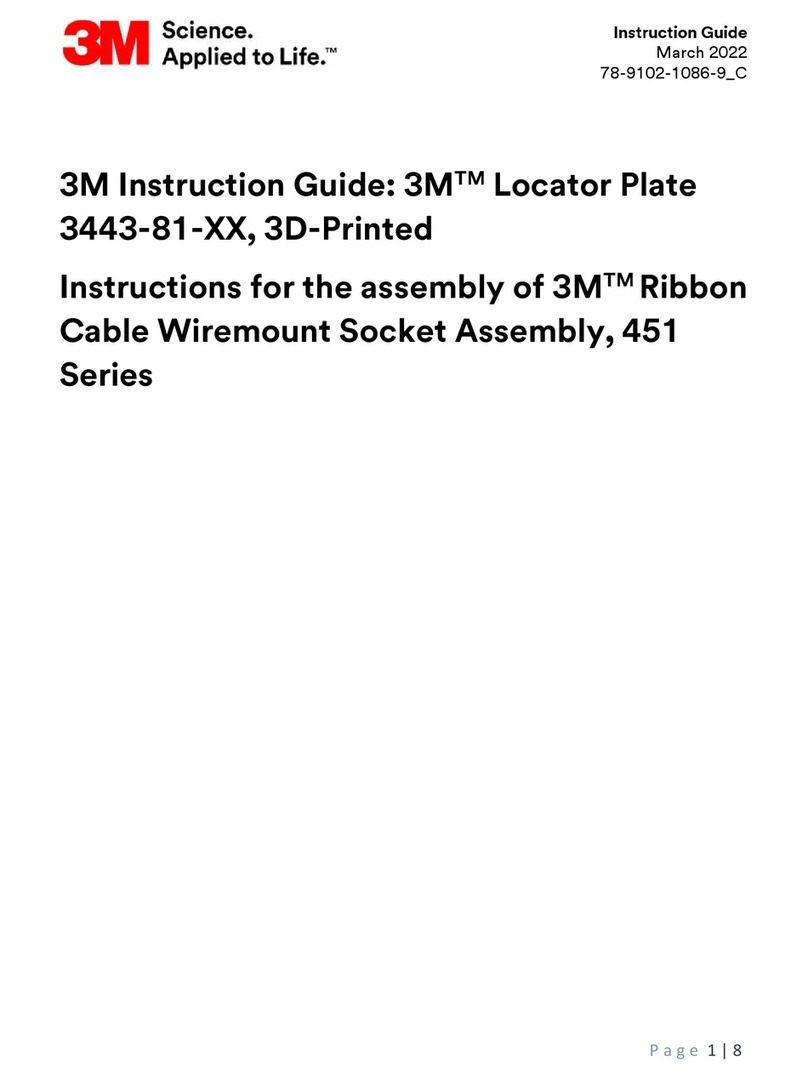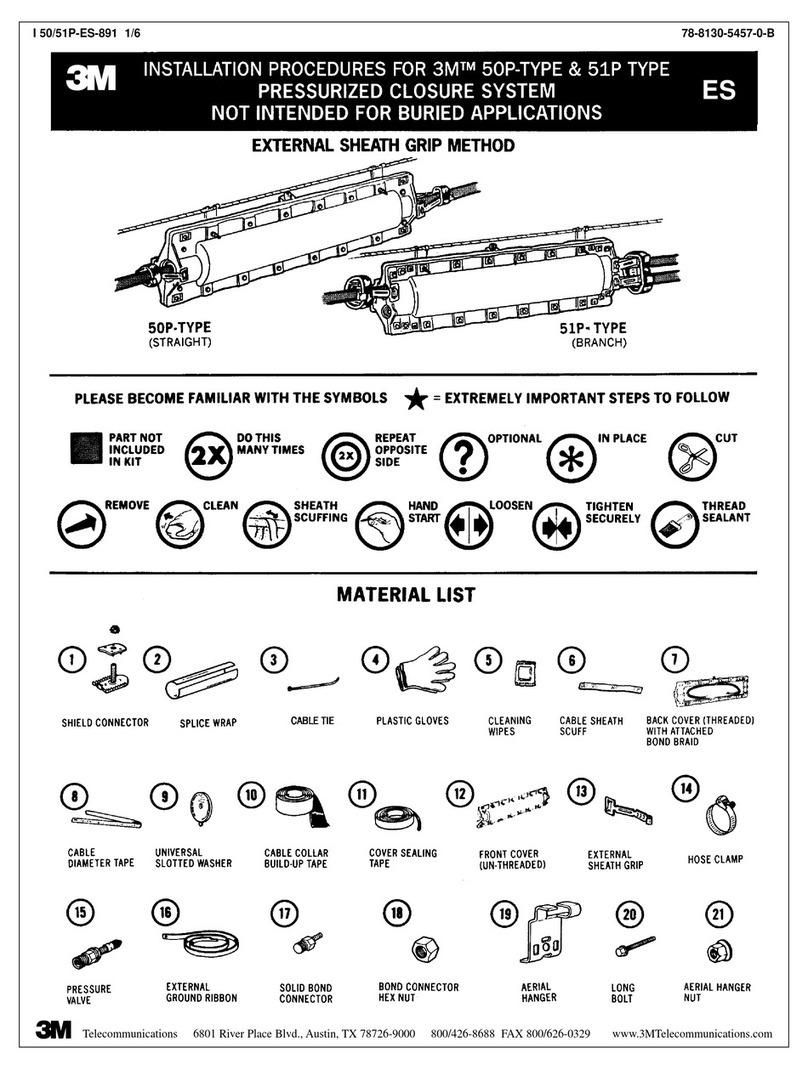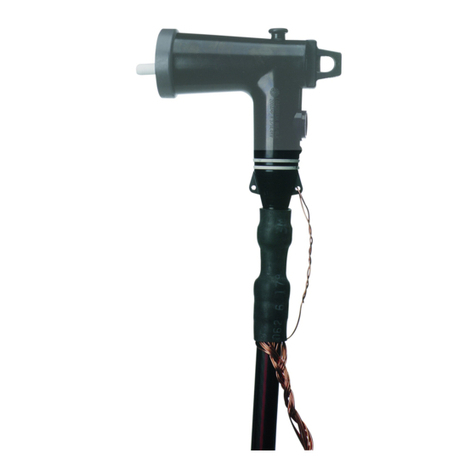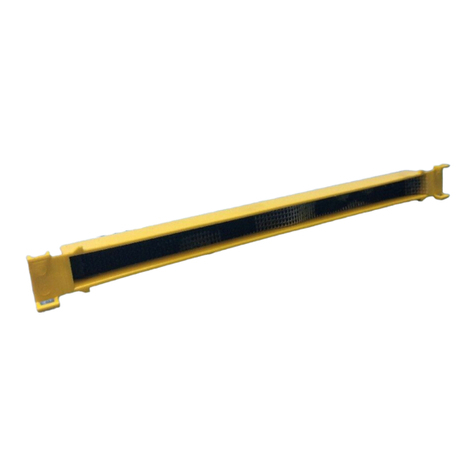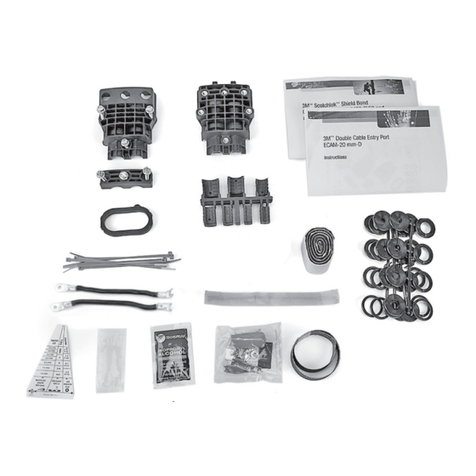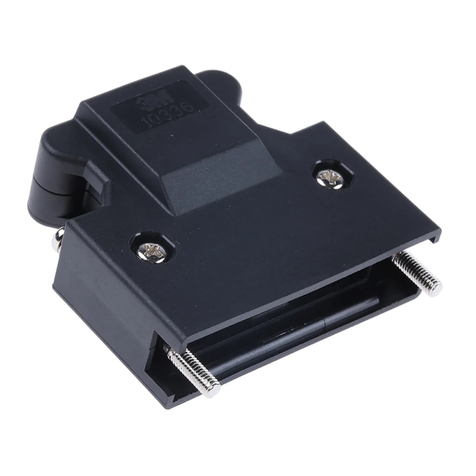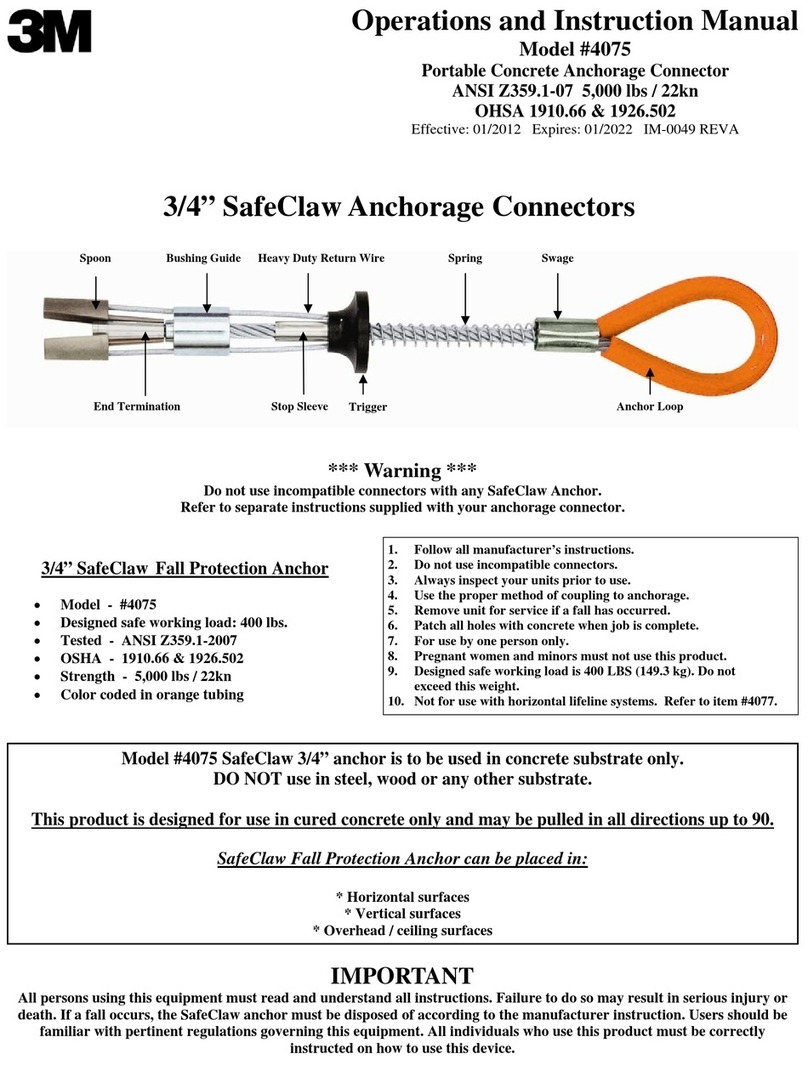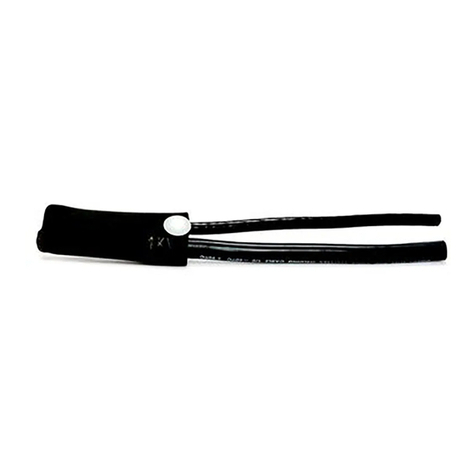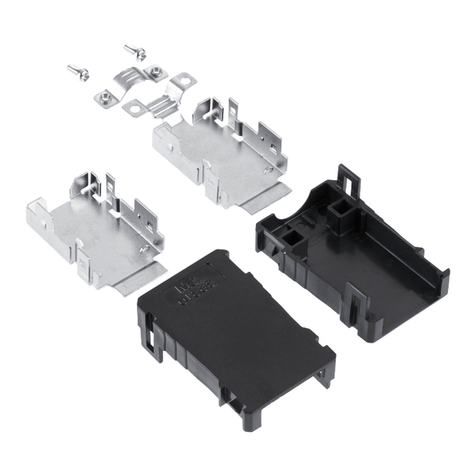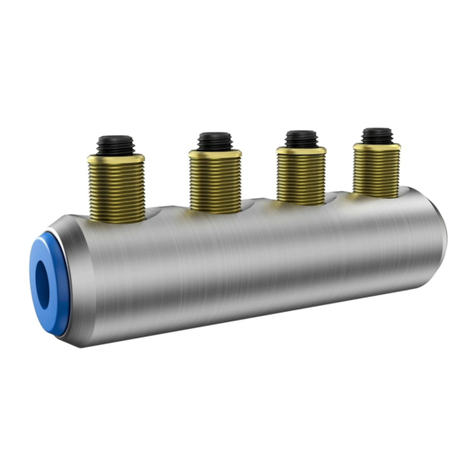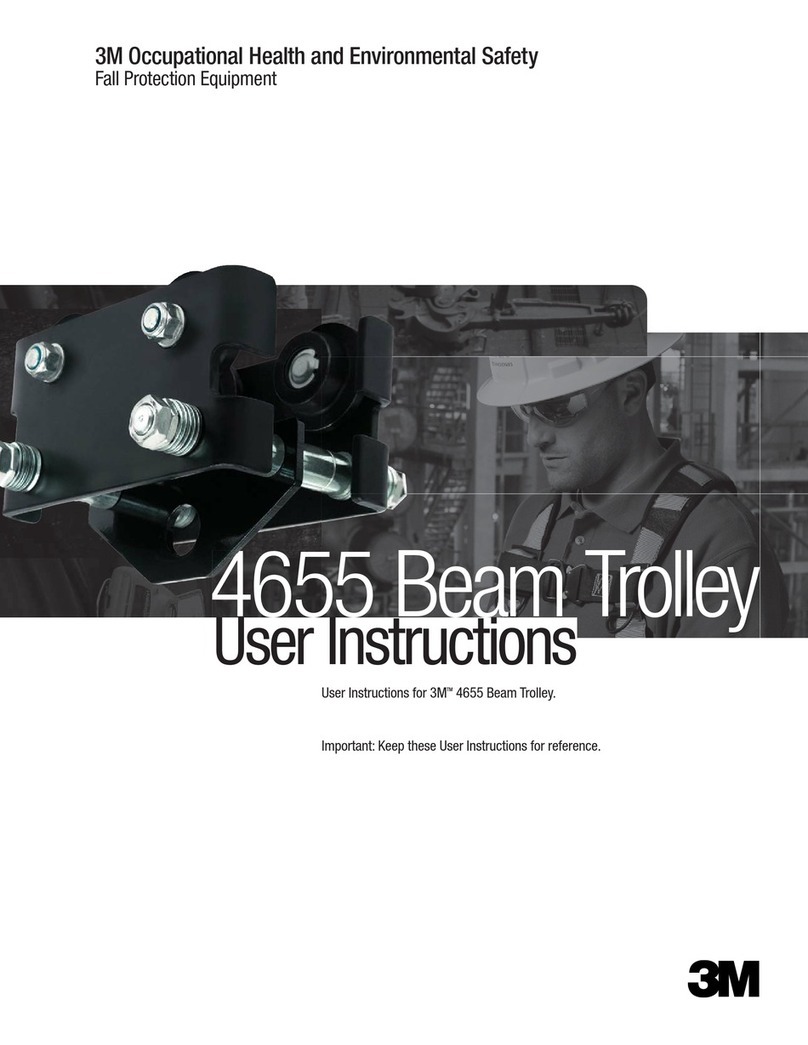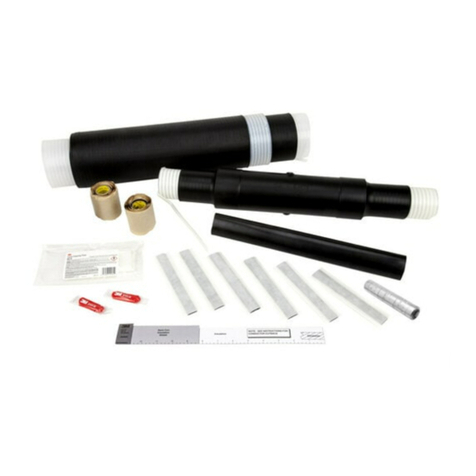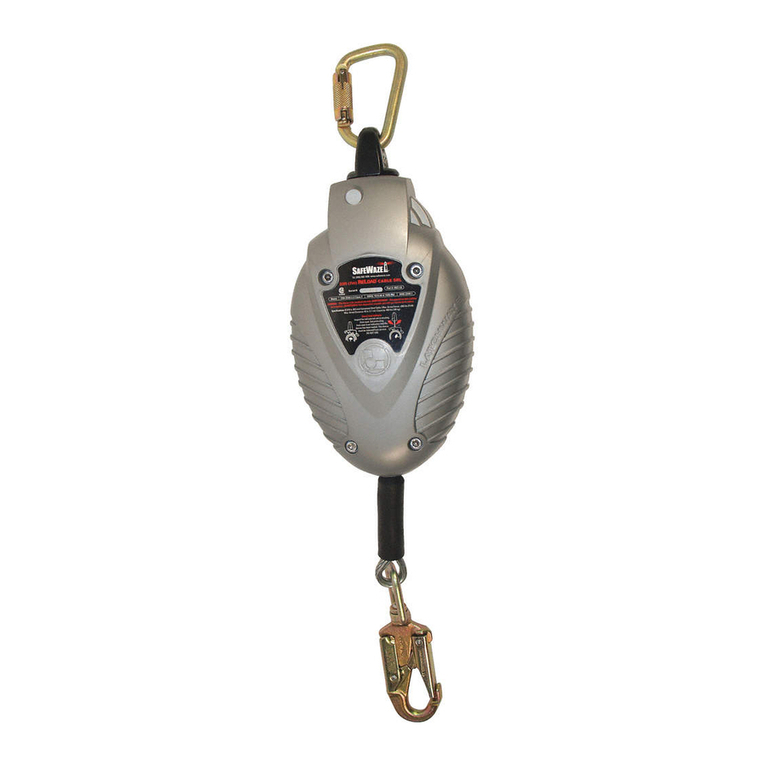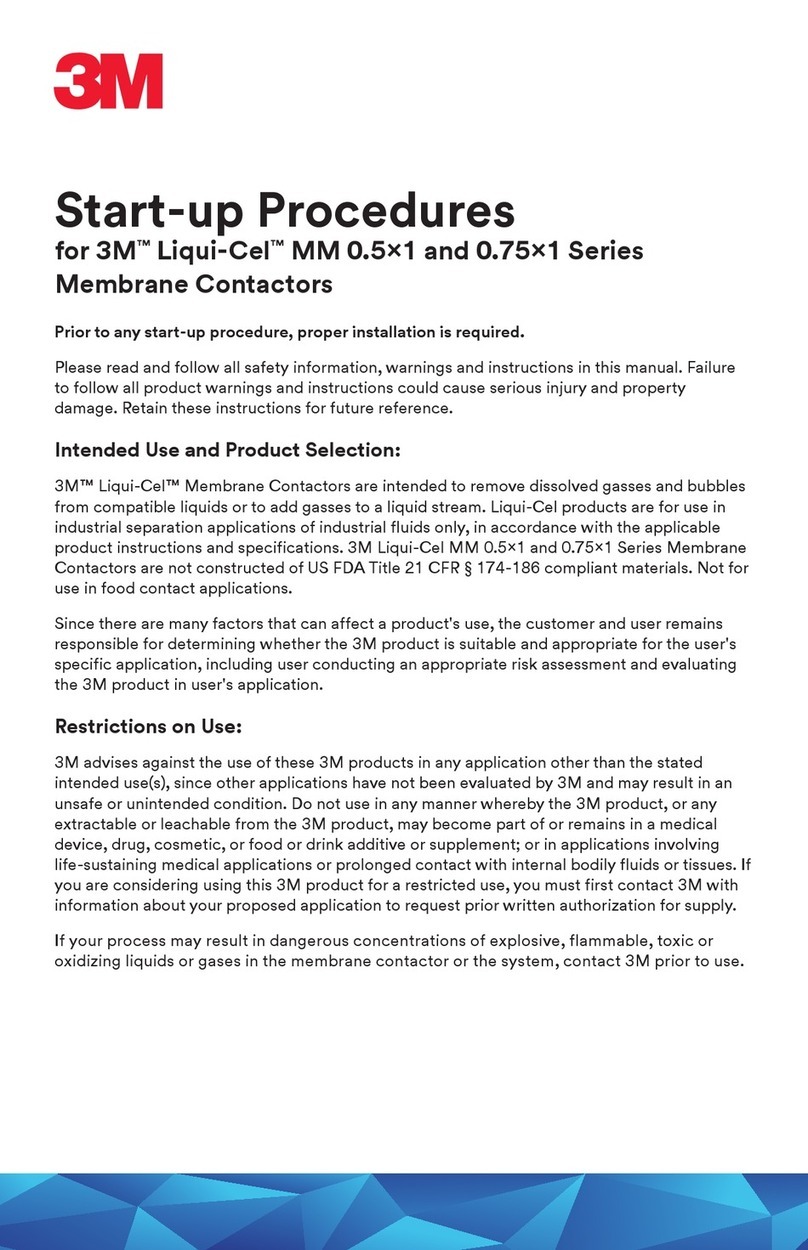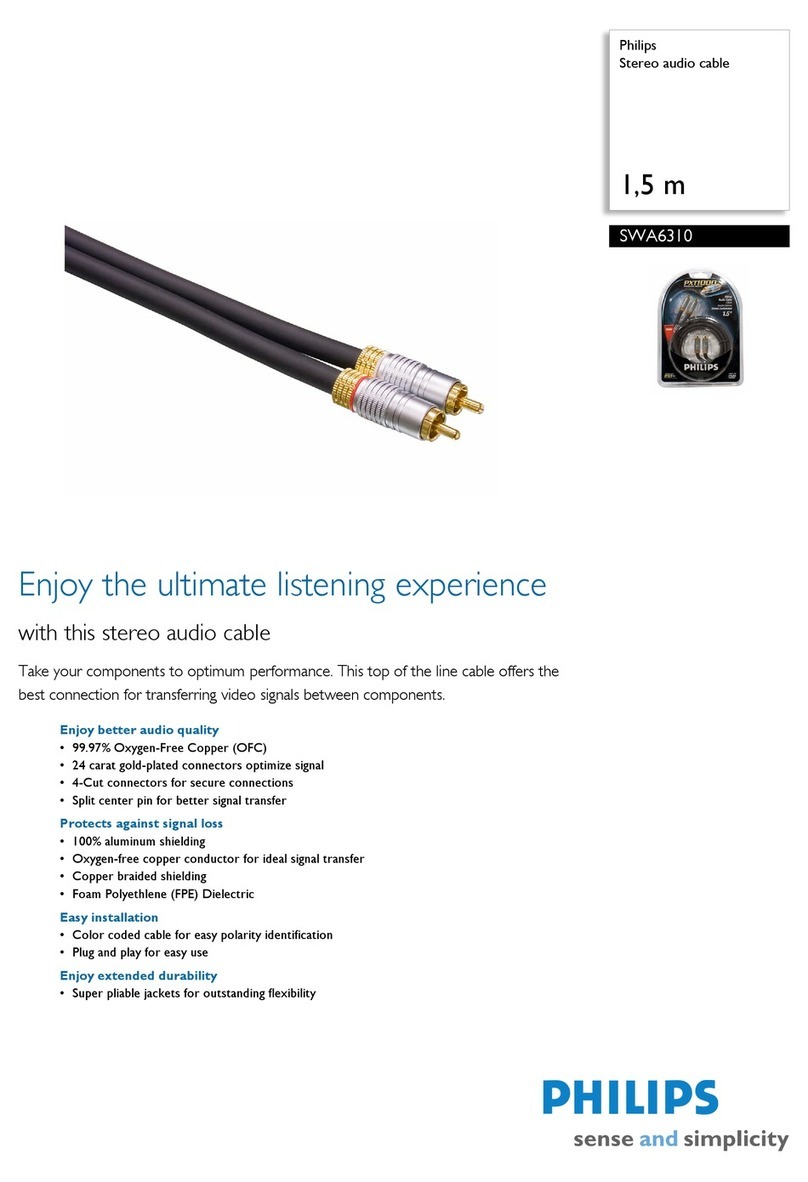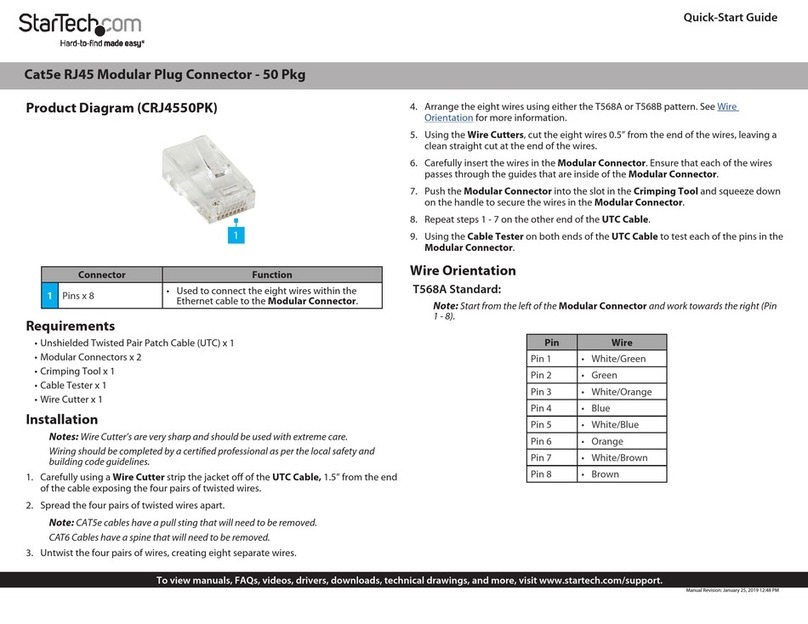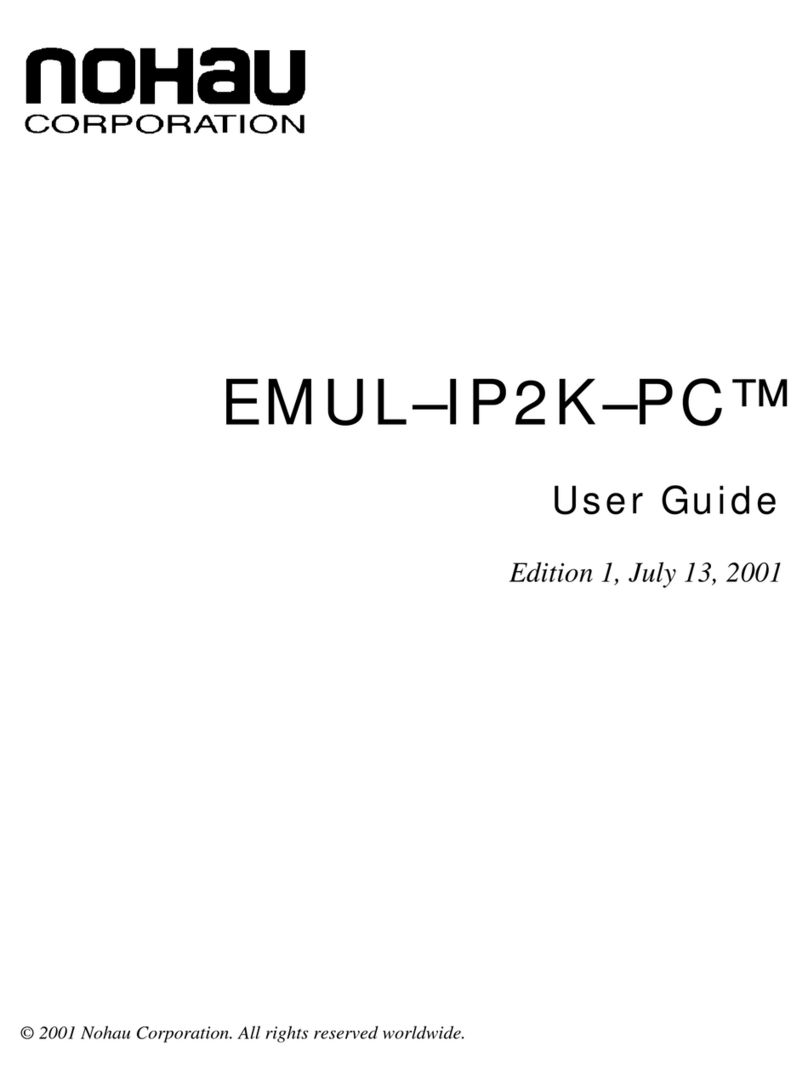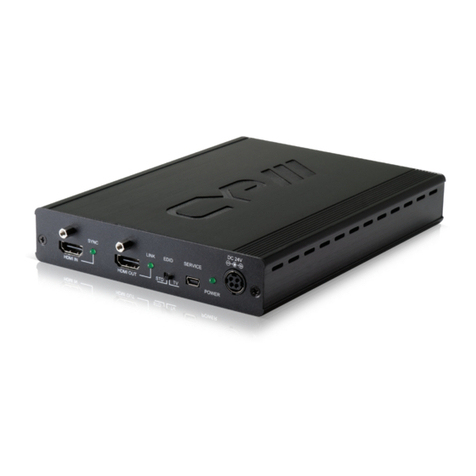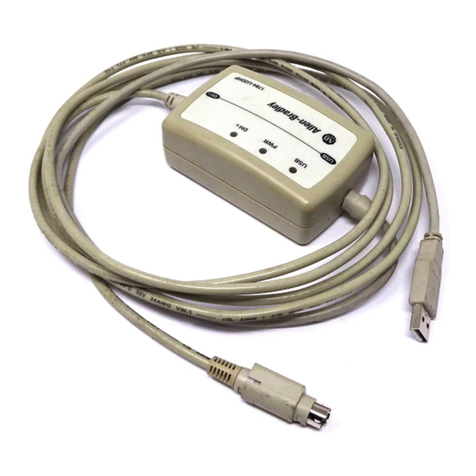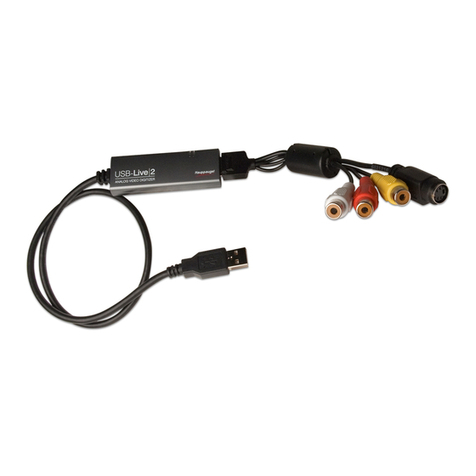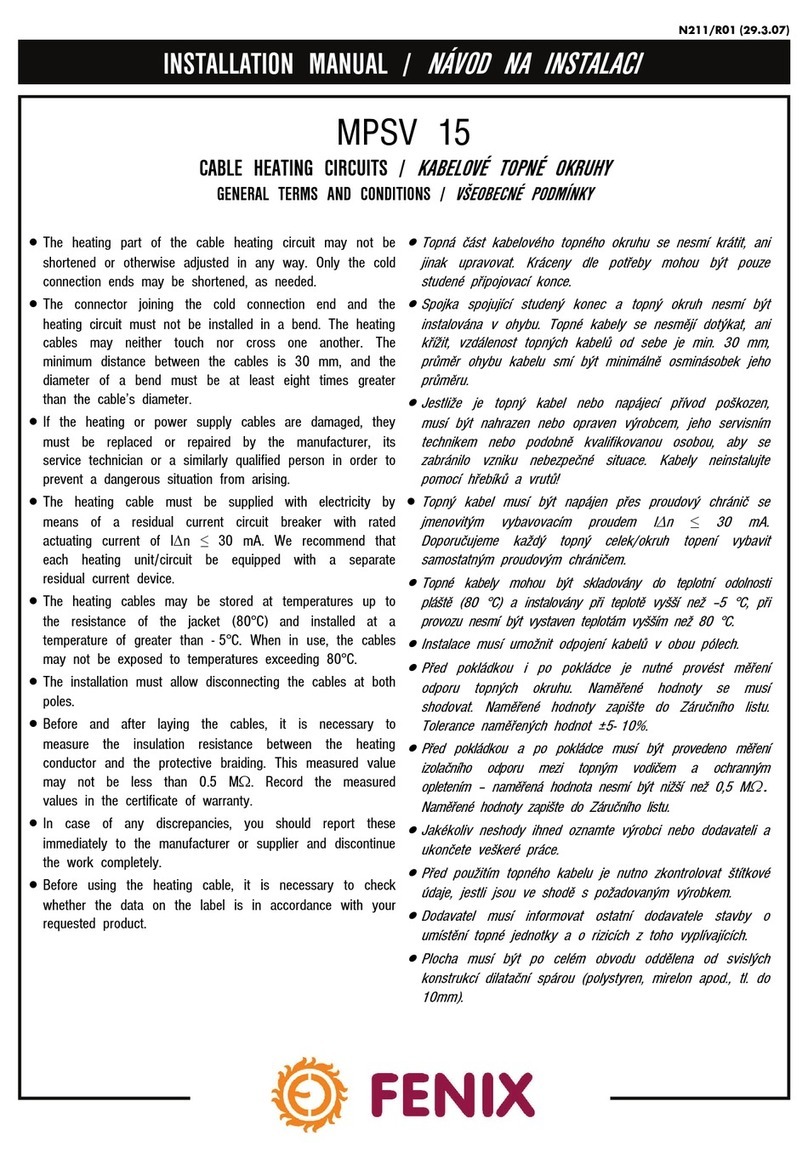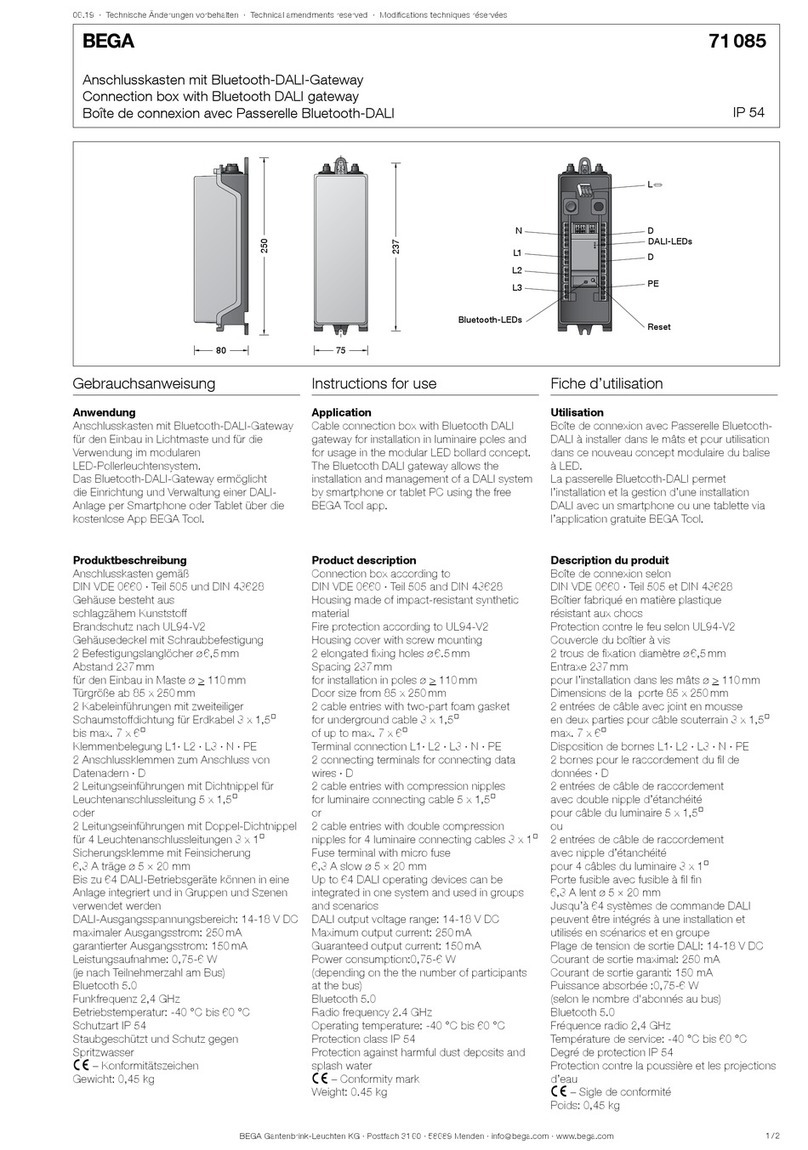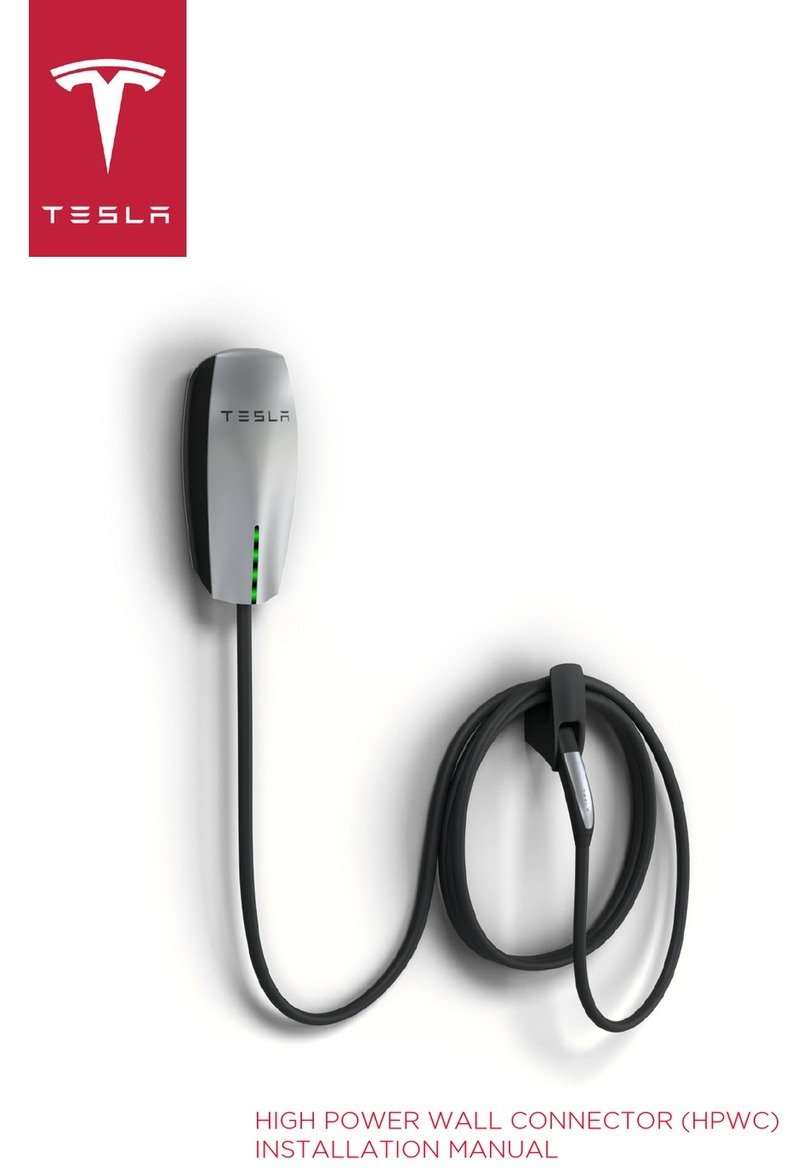
To use the 3M Heat Trace Bill of Materials Tool, visit 3M.ca/HeatTrace
2
3M Self-Regulating Heating Cables: Construction and Function
Introduction ............................................................................................................................................................................................. 4
Properties ................................................................................................................................................................................................. 4
Advantages .............................................................................................................................................................................................. 4
Construction ............................................................................................................................................................................................ 5
Application Map...................................................................................................................................................................................6-7
3M Self-Regulating Heating Cables: Ordering Information and Materials Guide
Pipe Freeze Protection Ordering Information and Basic Components: TTS™ Self-Regulating Heating Cable ................9-10
Pipe Freeze Protection Materials Guide: TTS™ Self-Regulating Heating Cable .........................................................................11
Introduction.......................................................................................................................................................................................................... 11
Creating a Materials List................................................................................................................................................................................... 11
Step 1: establish parameters..............................................................................................................................................................11-12
Step 2: select the proper TTS™ Self-Regulating Heating Cable............................................................................................12-14
Step 3: determine TTS™ Self-Regulating Heating Cable circuit lengths.............................................................................15-16
Step 4: choose TTS™ Self-Regulating Heating Cable installation accessories...................................................................... 16
Tips ..................................................................................................................................................................................................................16-17
Thermostatic Control................................................................................................................................................................................... 17-18
TTS™ Self-Regulating Heating Cable Pipe Freeze Protection Data Sheet............................................................................ 18-19
Roof and Gutter Snow and Ice Melting Ordering Information and Basic Components:
TTS™ Self-Regulating Heating Cable..........................................................................................................................................21-22
Roof and Gutter Snow and Ice Melting Materials Guide: TTS™ Self-Regulating Heating Cable ...........................................23
Introduction........................................................................................................................................................................................................ 23
Creating a Materials List................................................................................................................................................................................. 23
Step 1: determine level of protection .................................................................................................................................................. 23
Step 2: select the proper TTS™ Self-Regulating Heating Cable................................................................................................ 24
Step 3: specify locations for power connections ............................................................................................................................ 24
Step 4: choose TTS™ Self-Regulating Heating Cable installation accessories..................................................................... 24
Step 5: establish control method...................................................................................................................................................24-27
Tips .......................................................................................................................................................................................................................27
TTS™ Self-Regulating Heating Cable Roof and Gutter Snow and Ice Melting Data Sheet .....................................................28
Table of Contents
1
2
Pipe Freeze Protection
Roof and Gutter Snow and Ice Melting
